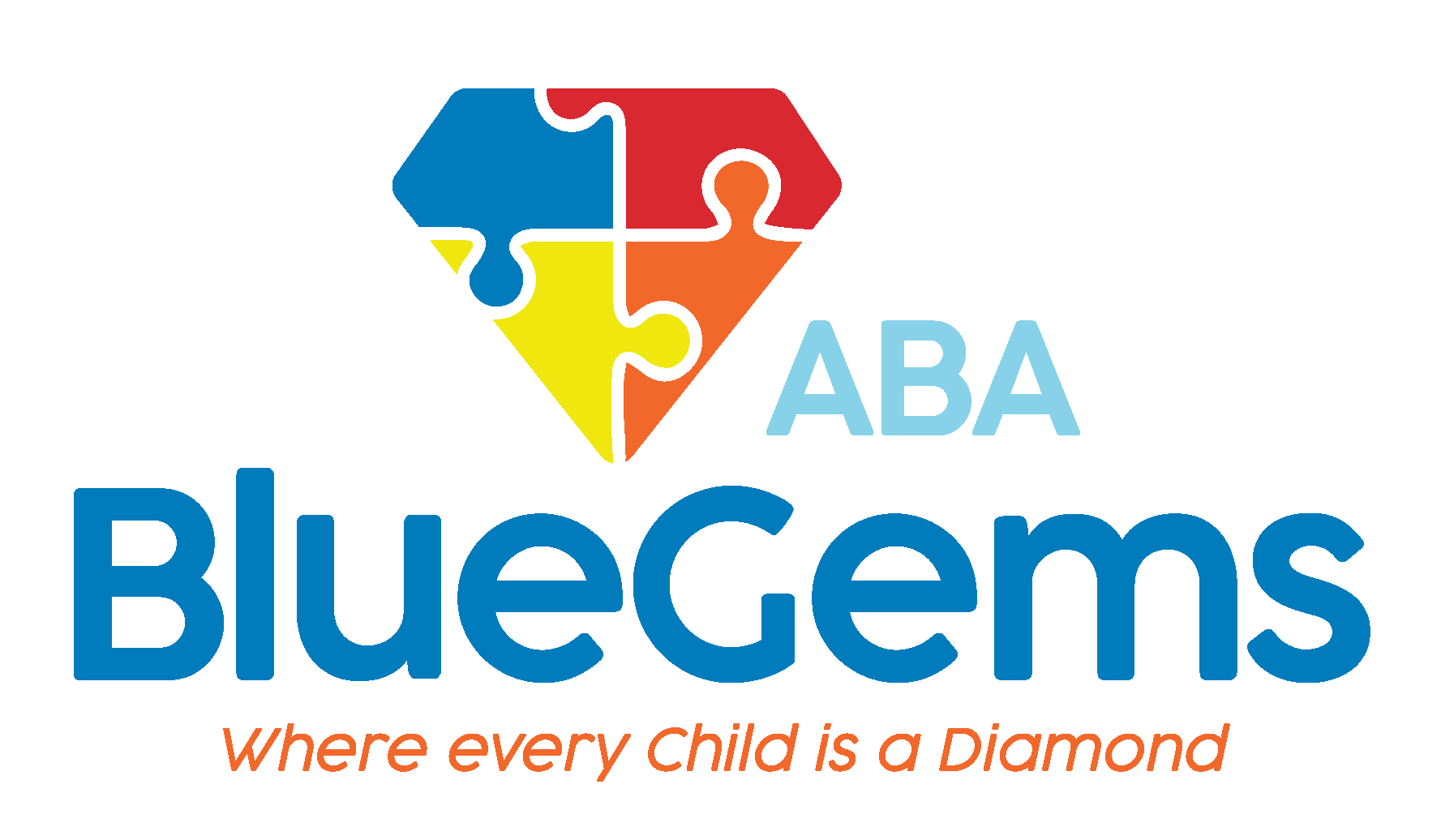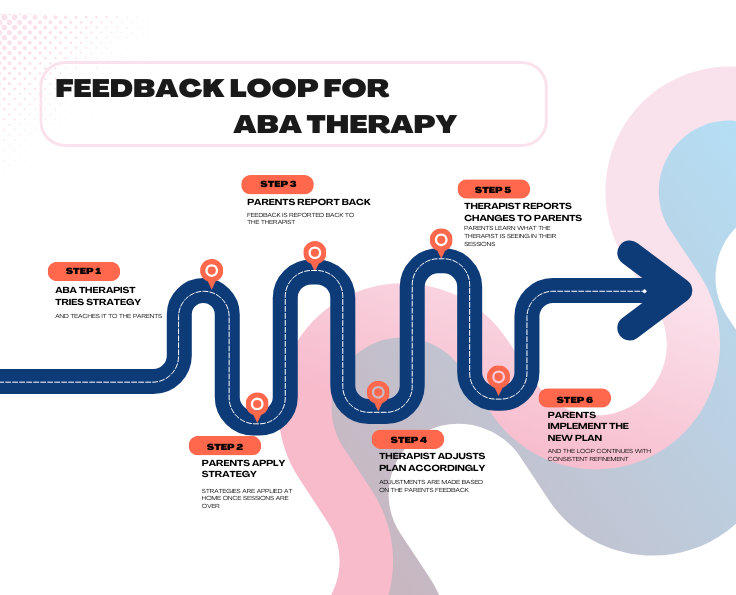Building Positive Parent-Therapist Relationships in ABA Therapy
One of the main reasons why applied behavior analysis (ABA therapy) is so effective as a treatment option for children with autism spectrum disorder (ASD) is that it is applied to real-world situations. While the main interactions in ABA therapy are between a therapist and the patient, a major aspect of the therapy is parent involvement.
The idea behind involving parents is that children with autism typically need support throughout their lives. While ABA therapy sessions are great for teaching new skills and equipping children with the tools they need to modify their behaviors, these children usually need ongoing support well after sessions have ended.
When parents are educated on the principles of ABA therapy, and trained on the specific strategies and tools that work for their child, they are able to provide better support for their children in real-world situations. In turn, this helps children learn and grow even more so they can live happy and independent lives.
For this to work well, it necessitates a working relationship between the therapist and parents. Here are some ways to build positive parent-therapist relationships in ABA therapy.
Learn more about parent involvement in ABA Therapy.
Table Of Contents
Establish Communication Lines
The key to any relationship is establishing communication lines that work for both sides. This is especially important in the parent-therapist relationship in ABA therapy because there will be a lot of different information that needs to be conveyed.
ABA therapists need to be able to effectively communicate what strategies work best for the child, and the parents need to be able to receive that information in a timely and effective way. Not only that, but parents need to understand how they can apply those strategies in a practical way during their daily lives.
Parents may not be able to attend the full ABA therapy sessions all the time, so they need to be filled in consistently on progress the child is making. That’s why it’s important to figure out what communication modes are most effective for the therapist and parents, so that the messages can be effectively transmitted.
Establish Ongoing Check-Ins
It can be very easy for things to slip through the cracks if you don’t stay on top of them. This can have disastrous consequences if it happens in ABA therapy, though.
One great way to avoid having this happen is to establish a calendar of ongoing check-ins between the therapist and parents. This can be a weekly phone call, in-person meeting, video chat or whatever else may work.
By putting these check-ins on a set calendar, it will help foster a much more collaborative approach to the child’s treatment plan, which ultimately results in better outcomes for them.
Create an Open Feedback Loop
ABA therapy should really be looked at as a two-way street. The ABA therapist will carry out certain strategies and teach them to the parents, and then the parents will apply those strategies at home once sessions are over.
In both of those instances, there will be results that will be produced that can be reported on to the “other side.” In other words, the therapist will have feedback based on the child’s progress in sessions, and parents will have feedback based on the child’s progress at home.
It’s important that it’s not just the therapist who is reporting on the child’s progress — and making adjustments to the treatment plan based on that — but also that the parents are invited to and are providing feedback to the therapist based on their experience.
Doing so allows the therapist to provide new tips and strategies that the parents can use if the child isn’t responding well at home, for instance. It’s also possible that adjustments may be needed to the treatment plan if the strategies are working in sessions but not at home with the parents.
This open feedback loop will create many opportunities for the therapist and parents to address any concerns and challenges they are facing, while also sharing success stories as well.
Blue Gems ABA Establishes Positive Relationships with Parents
The relationship between the therapist and parents is a vital aspect of the success of ABA therapy plans. Parents play a critical role in their child’s progress, since they are the ones who provide support to their children on a consistent basis.
At Blue Gems ABA, we believe wholeheartedly in the relationship between therapists and parents, which is why we’re always working hard to build positive relationships.
Our team of experienced BCBAs value the input, feedback and involvement of patients’ parents, and understand the importance of building these relationships. After all, doing so will only work to promote better outcomes for children with autism.
To learn more, please contact us today.





